Sami people are indigenous people inhabiting Lapland and adjacent areas of northern Norway, Sweden, Finland, and the Kola Peninsula of Russia. The Sami region has nine closely related languages. Three of these languages are currently in use in Northern Norway. The Sami people in the south of Northern Norway can communicate easily with their nearest Sami neighbours in Sweden, but they can’t communicate with the Sami people of the far north. Nearly all Sami has become bilingual, and many no longer speak their native tongue. During the late 20th century, Norway had between 30,000 and 40,000 Sami, Sweden had about 20,000, Finland had 6,000, and Russia had 2,000.
Thousands of years ago, the Sami were nomadic peoples who inhabited northern Scandinavia. Sami settlements probably covered most of Finland before the Finns arrived in about AD 100; today, they are confined to its northern extremity. They have also been pushed north in Sweden and Norway. Some scholars consider the Sami Paleo-Siberian; others assert that they were alpine people from central Europe.
Samis traditionally made their living from coastal fishing, fur trapping, and sheep shearing. Most of their livelihood comes from herding reindeer semi-nomadic. Within certain Nordic nations, reindeer herding is only legally permitted for Sami people for traditional, cultural, political, and environmental reasons.


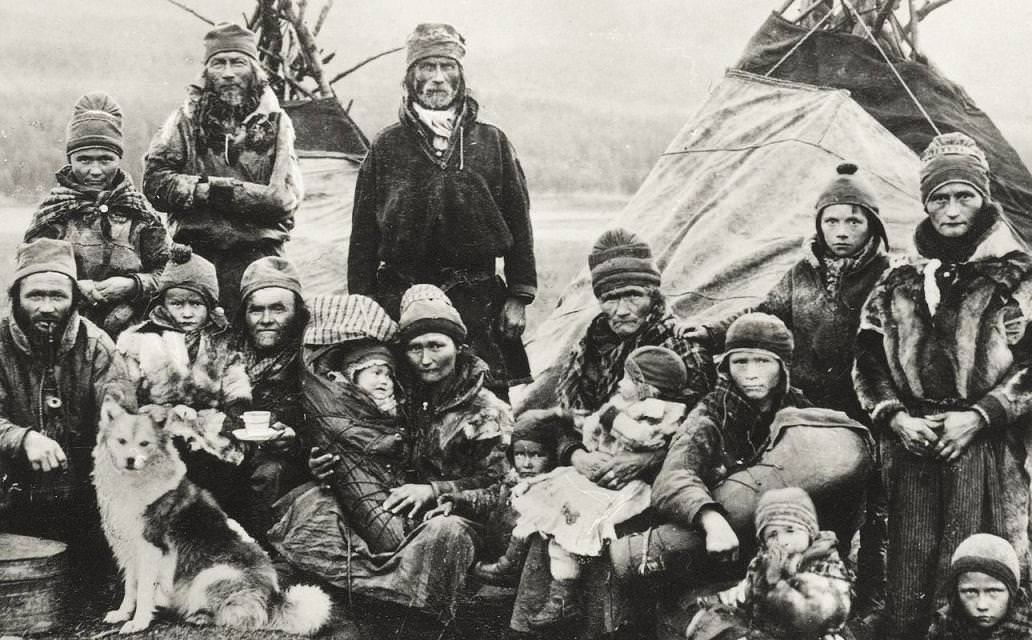
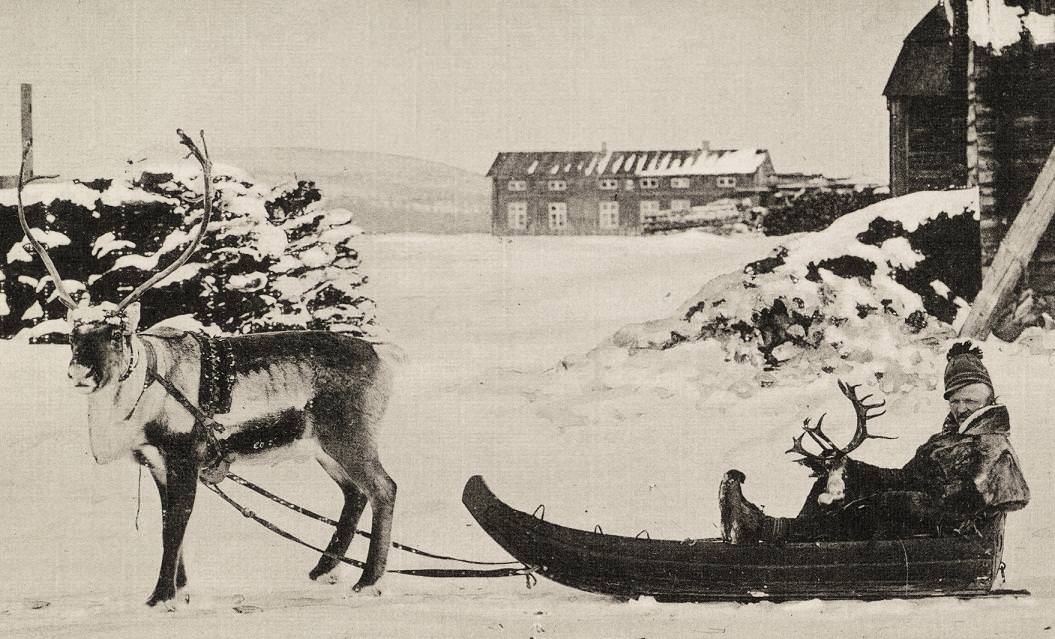
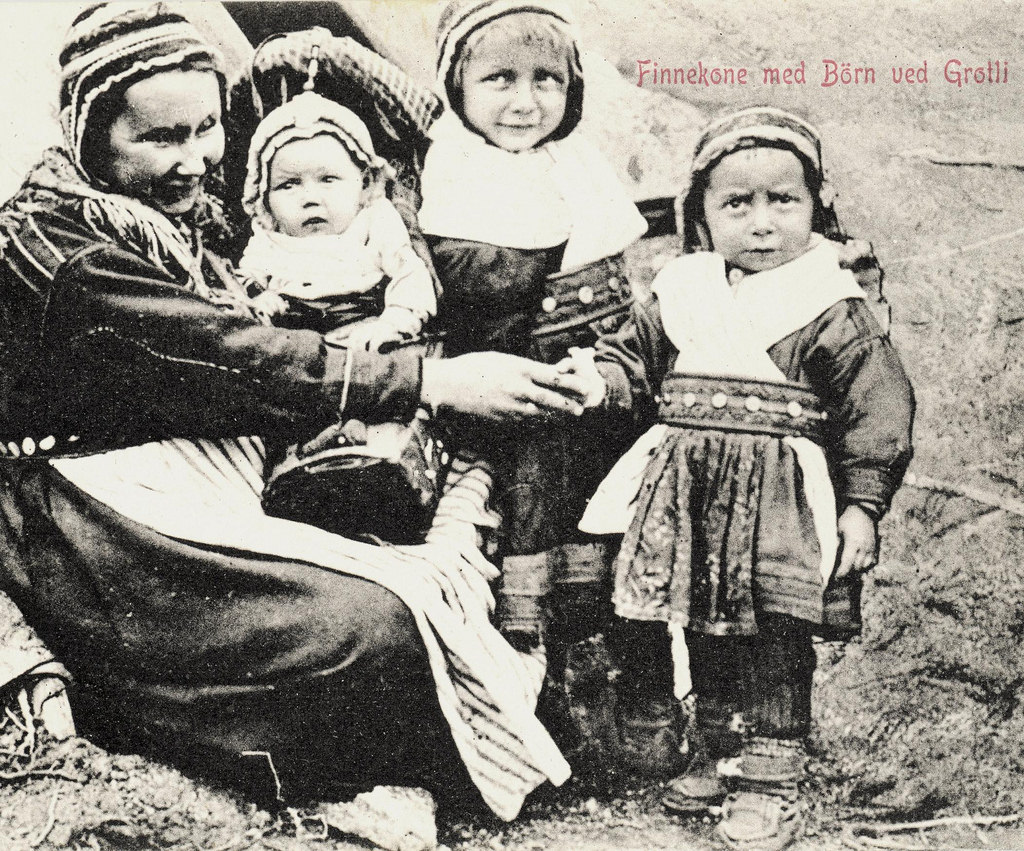
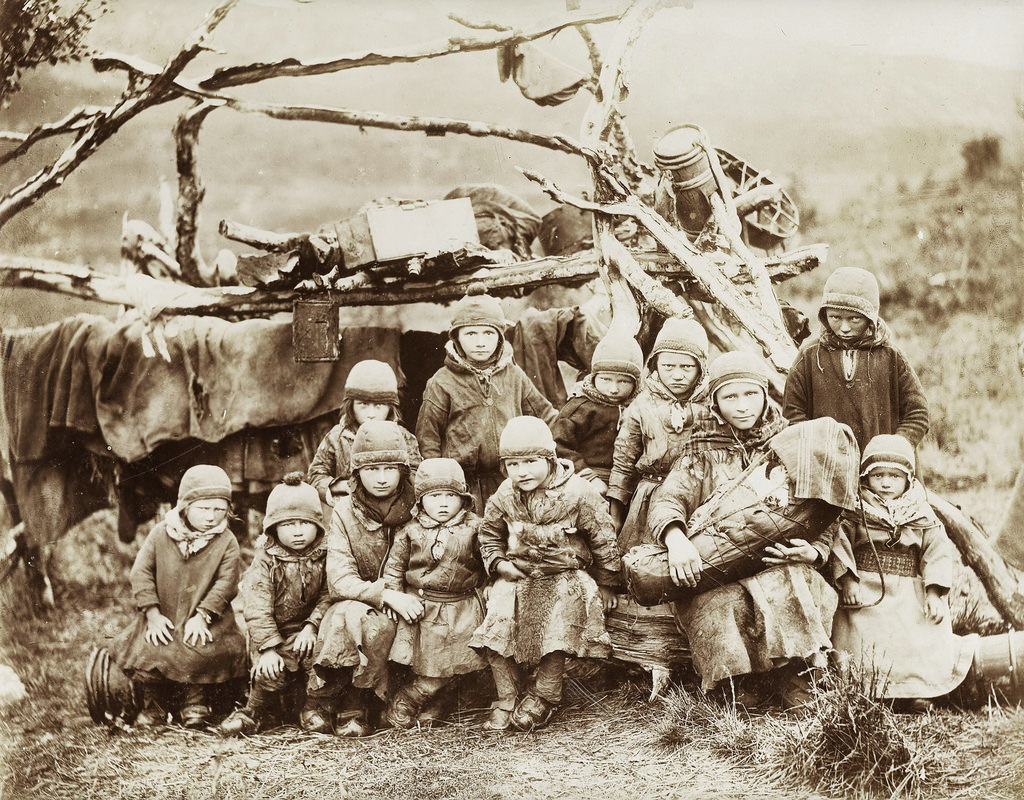
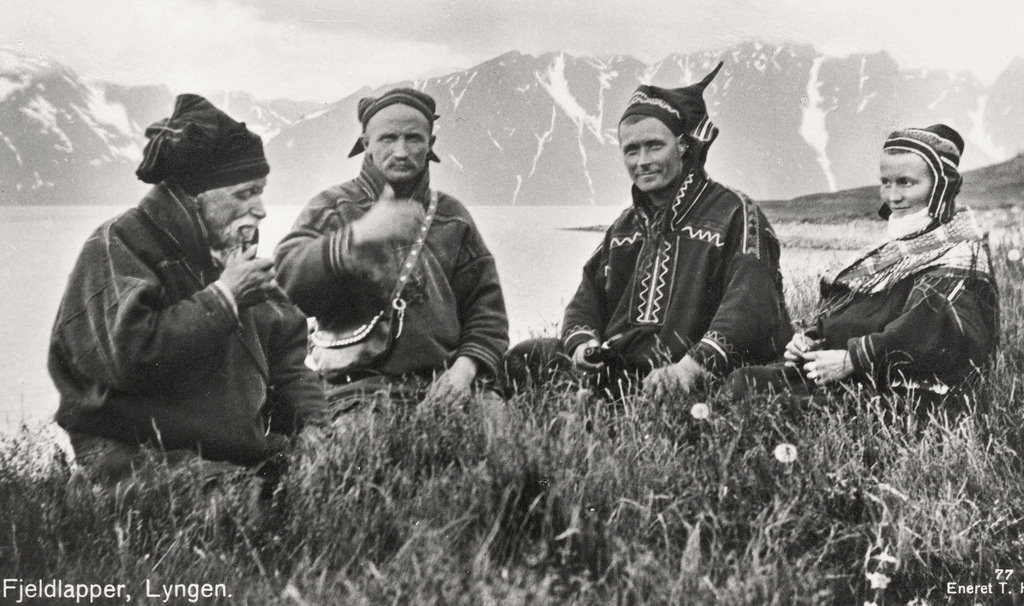
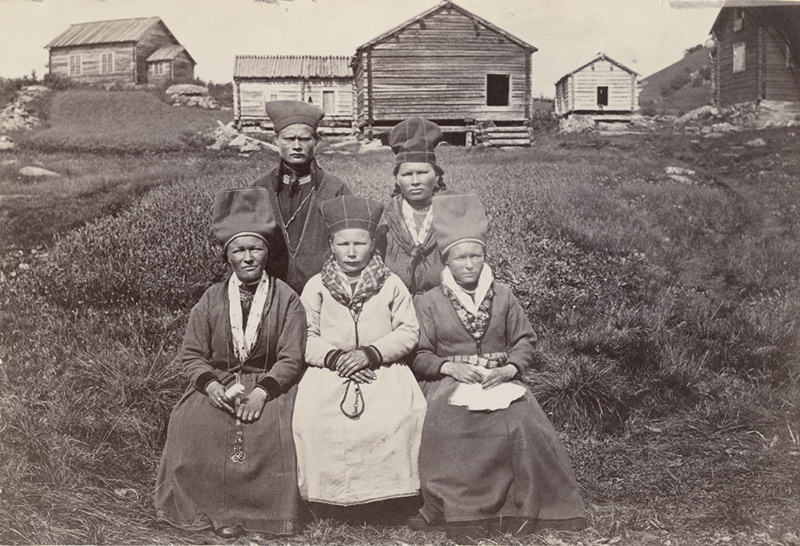
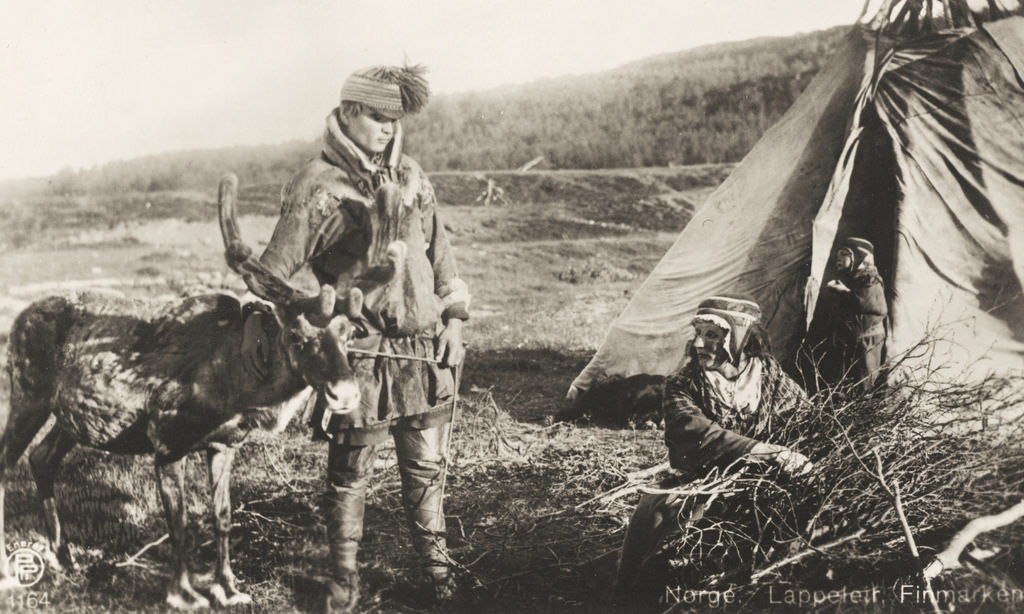
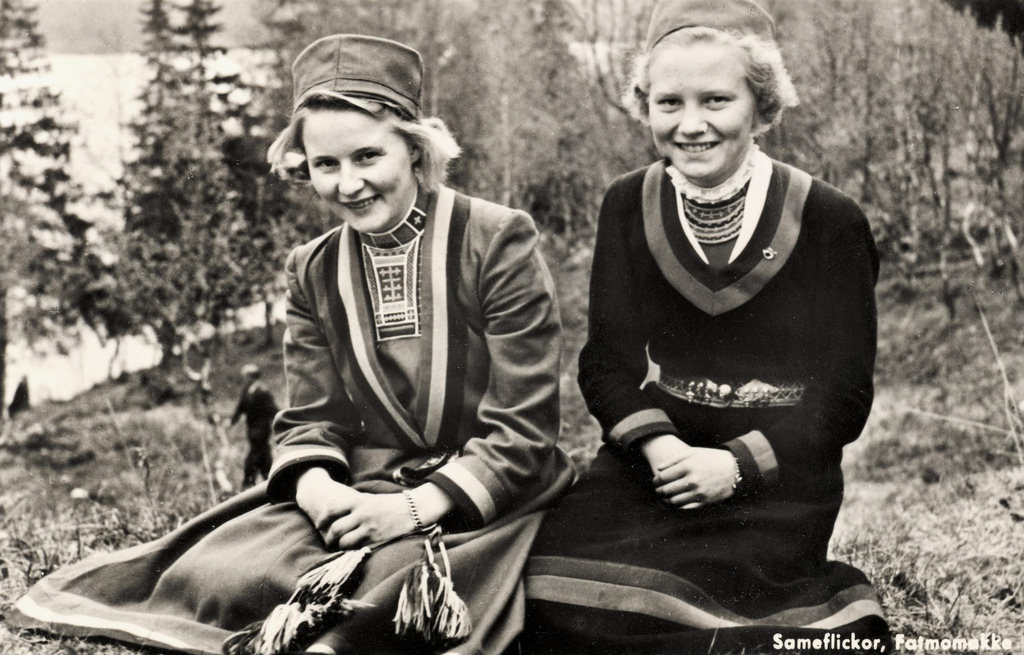
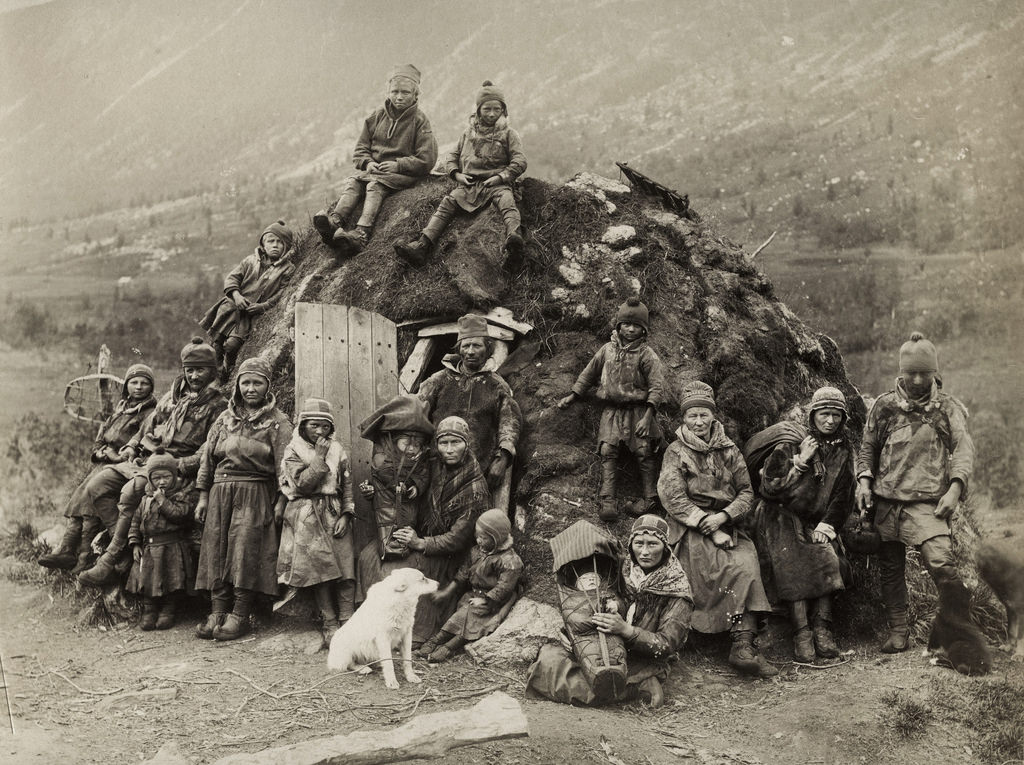
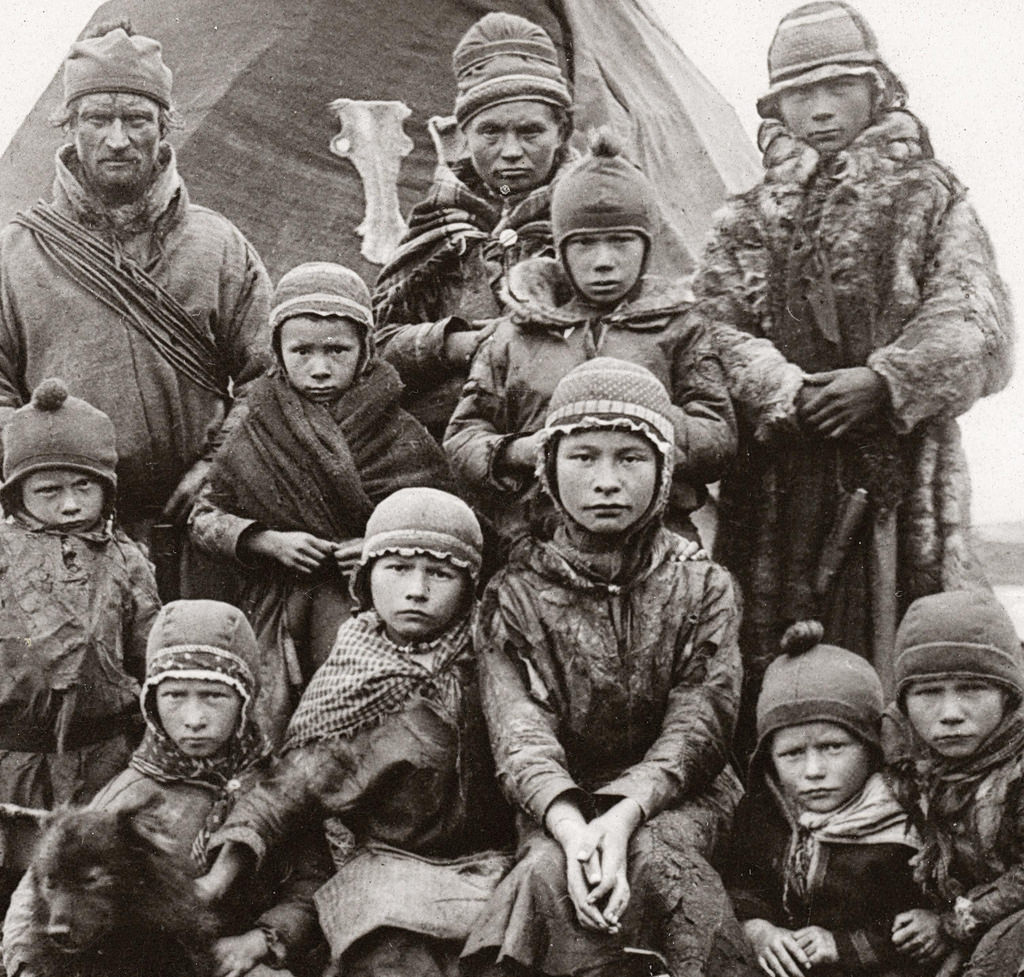
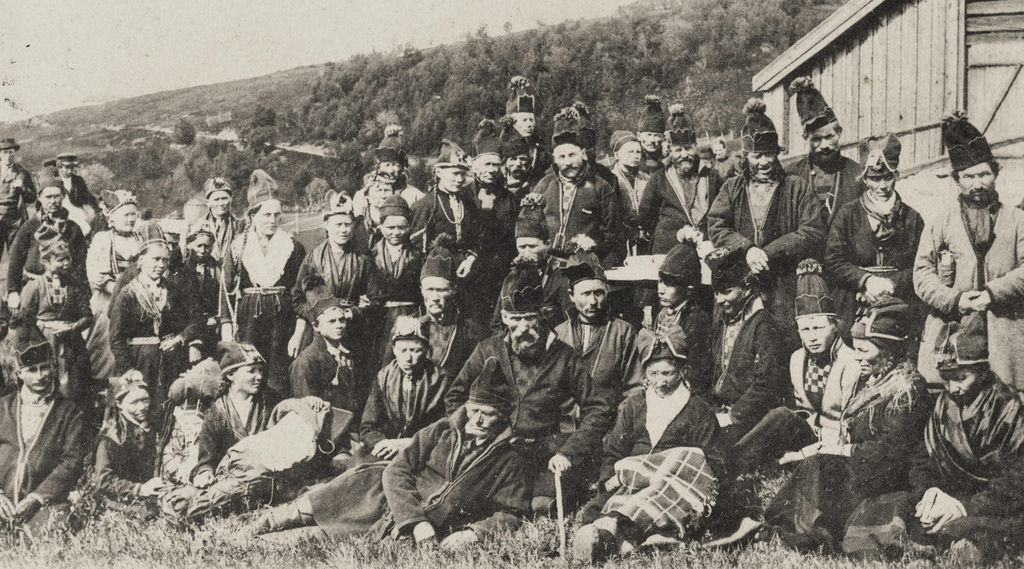
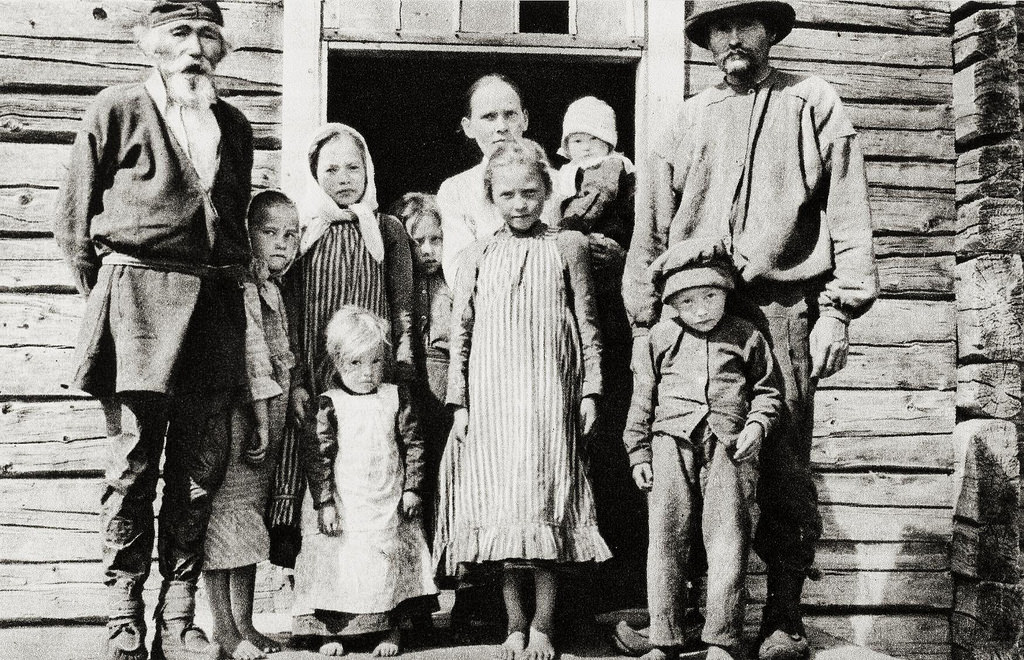
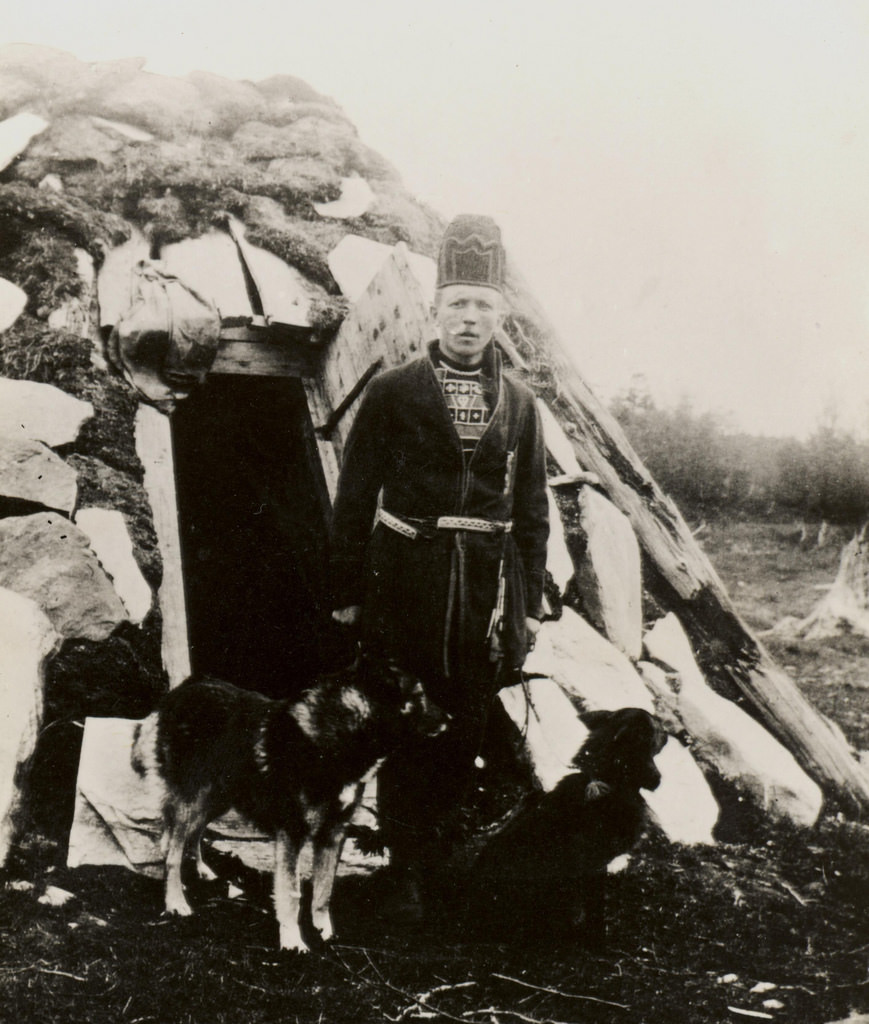
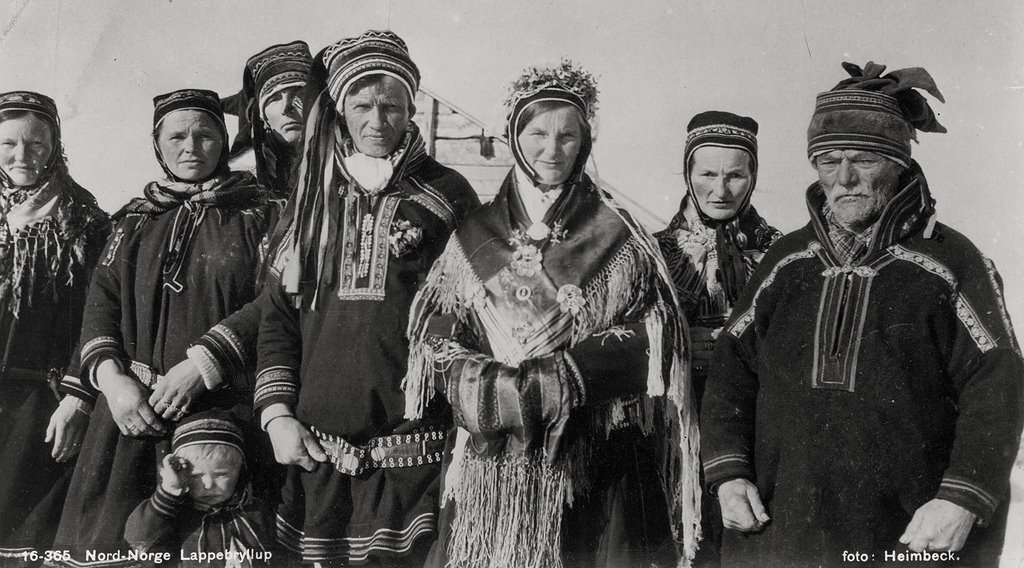
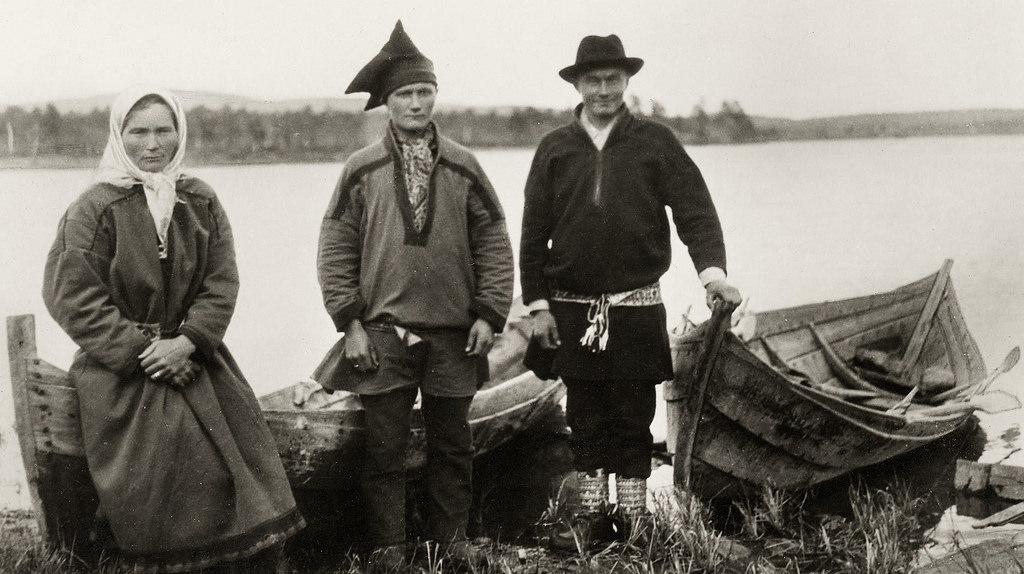
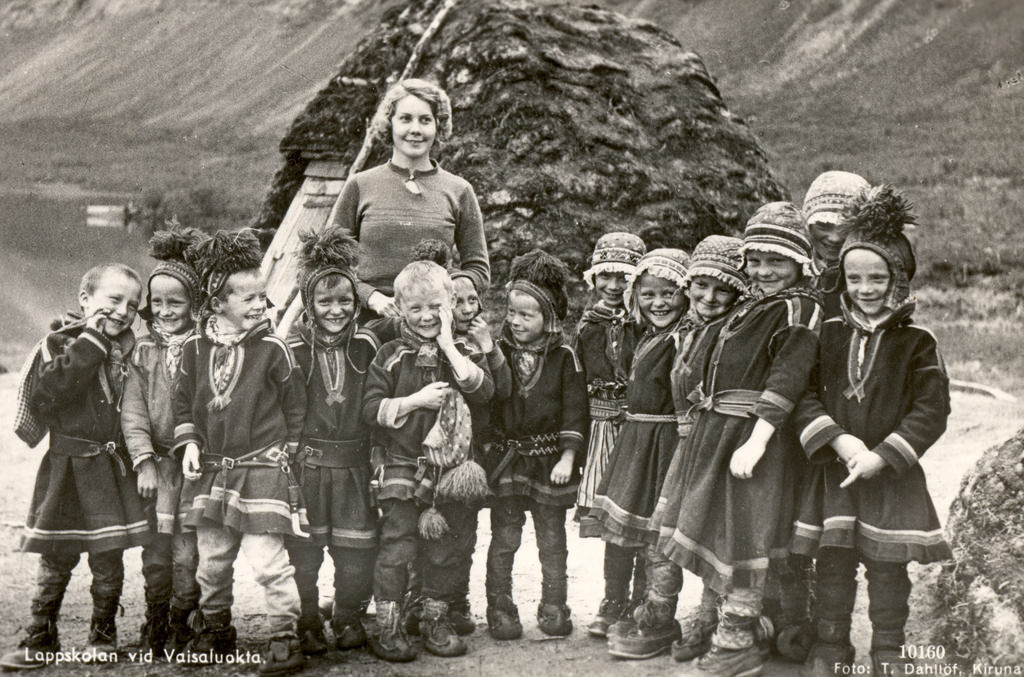
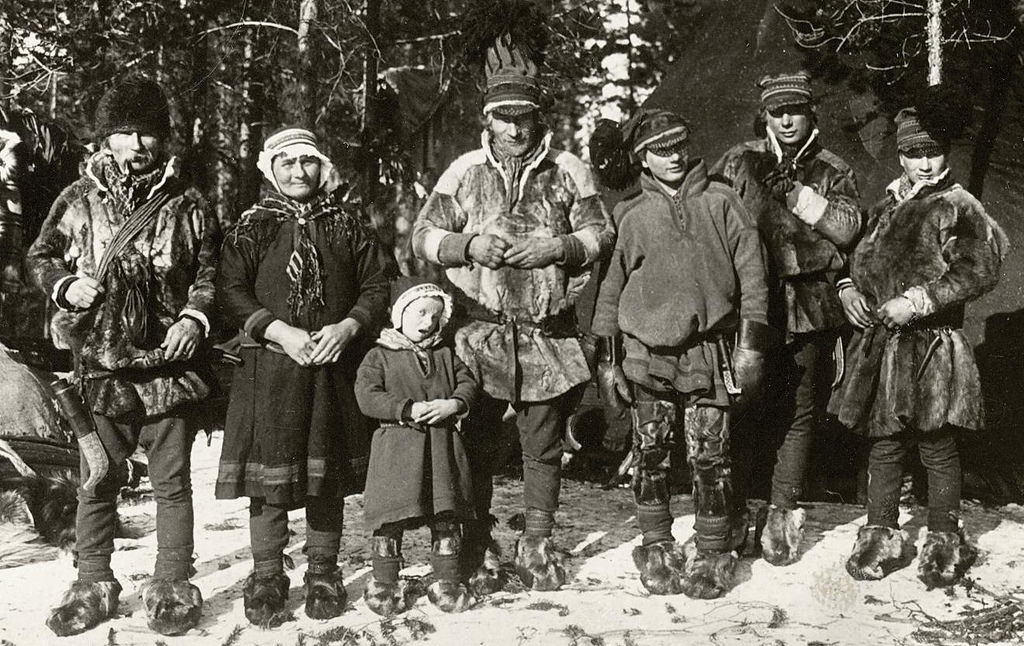
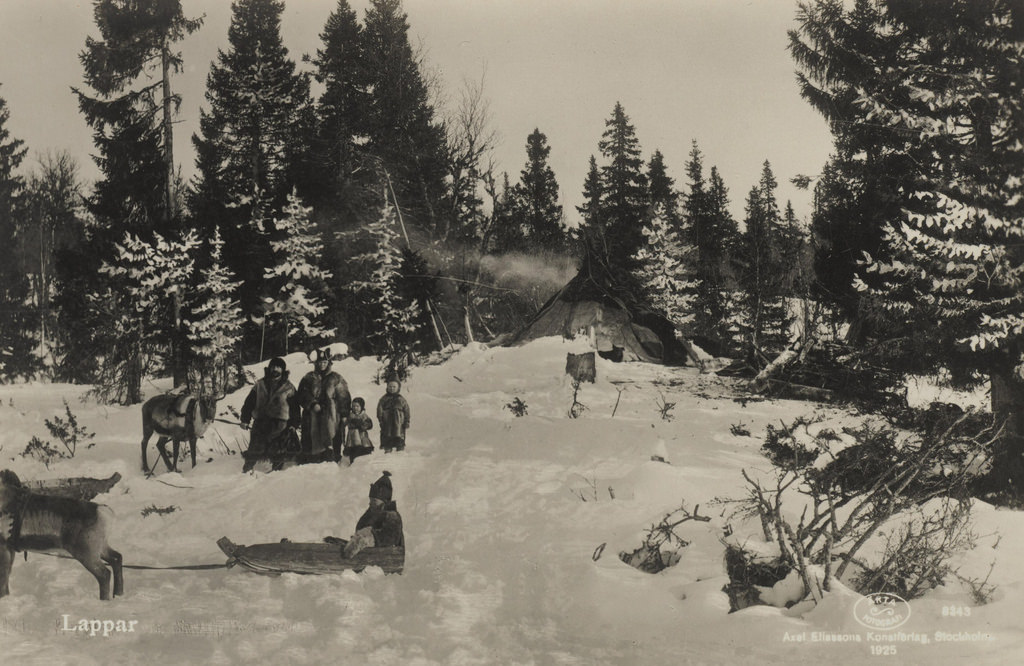
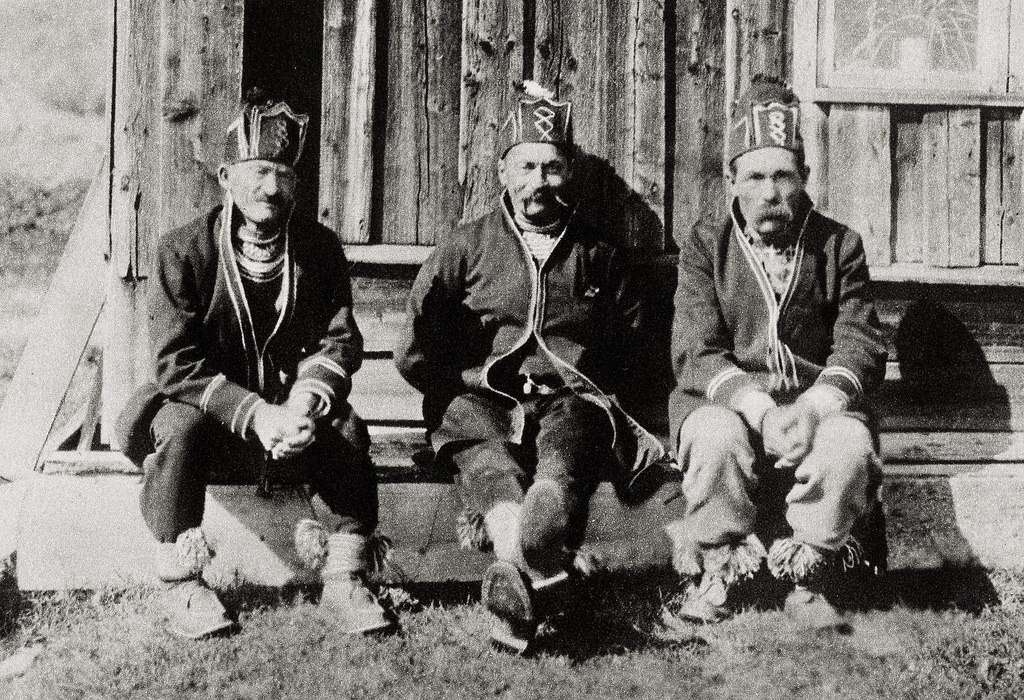
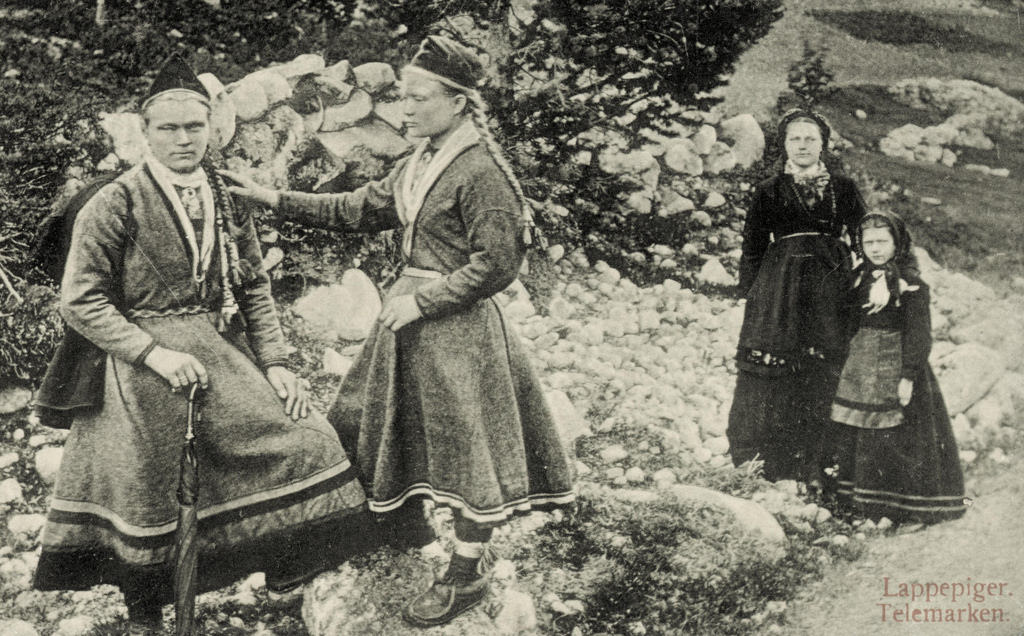
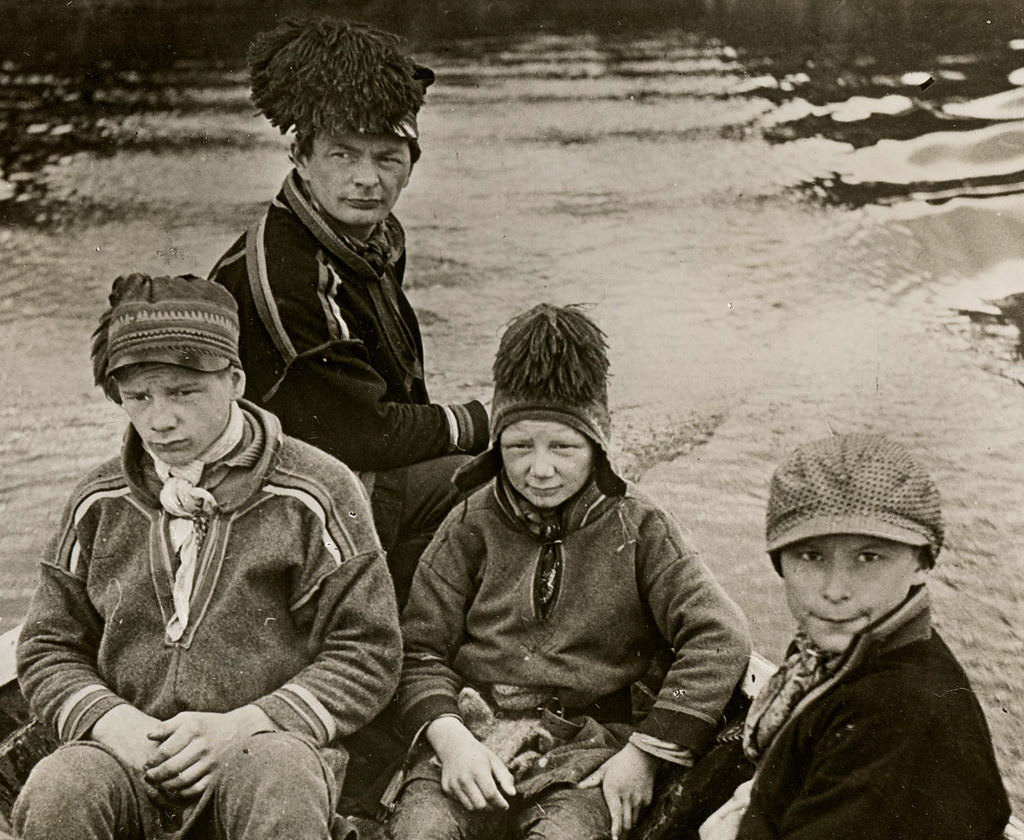
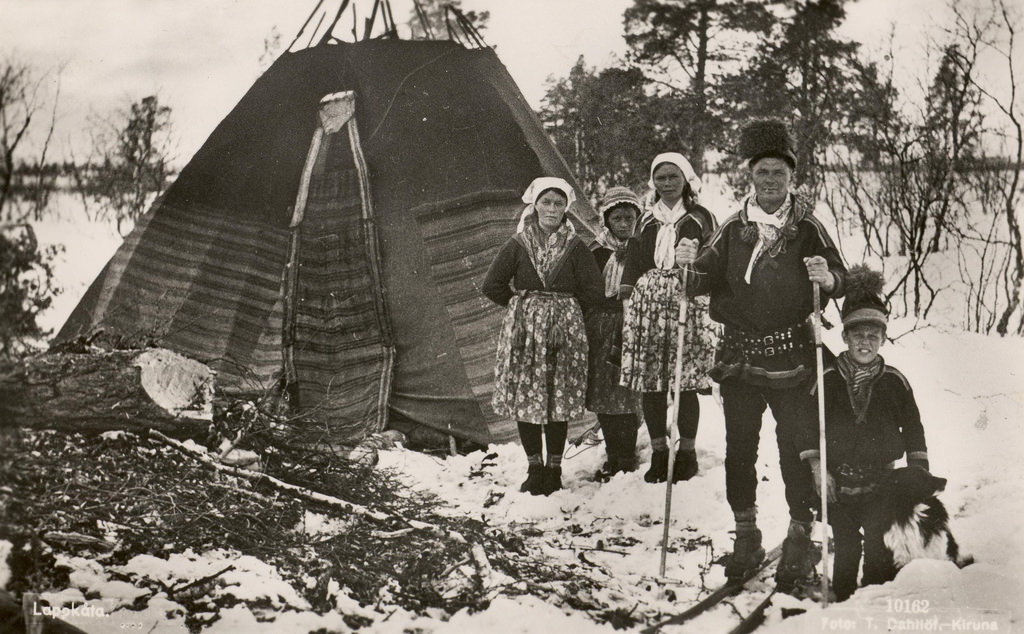
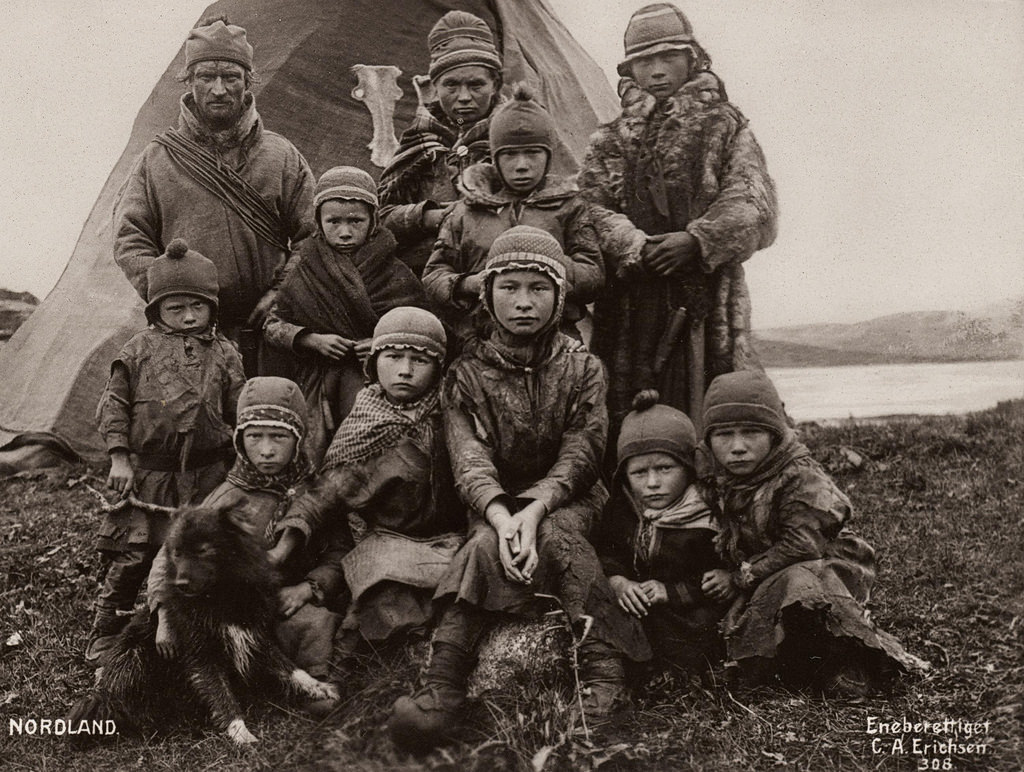
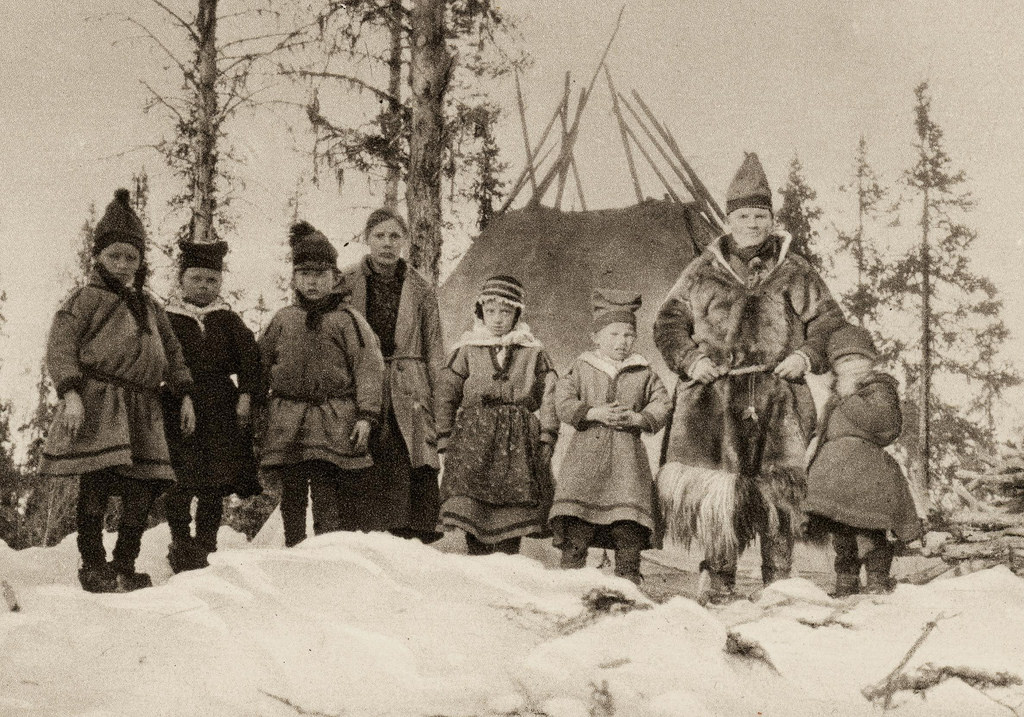
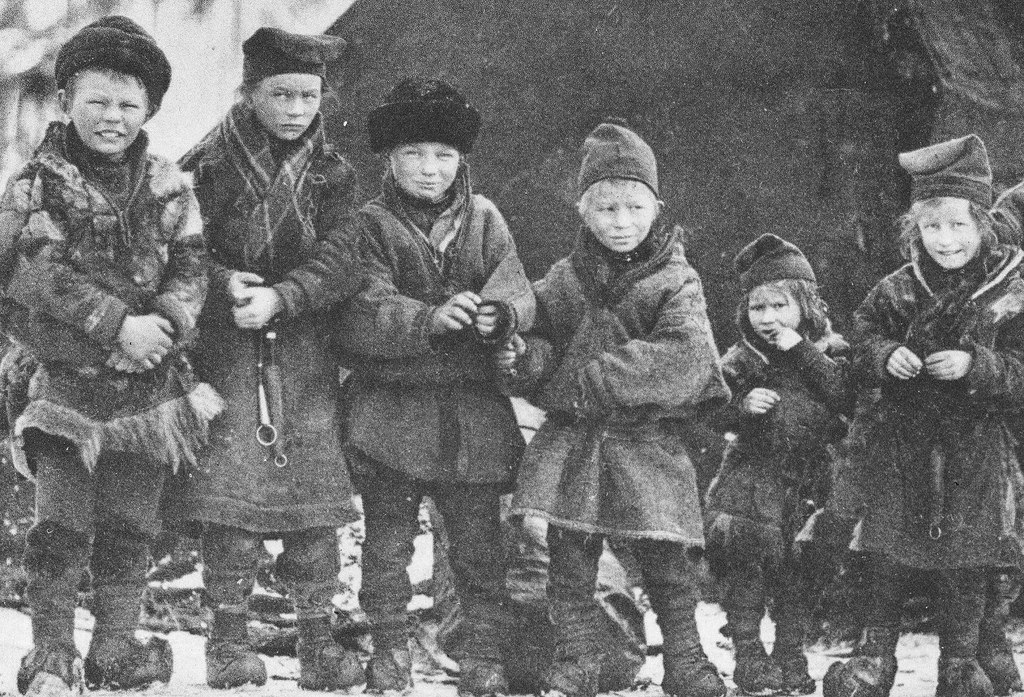
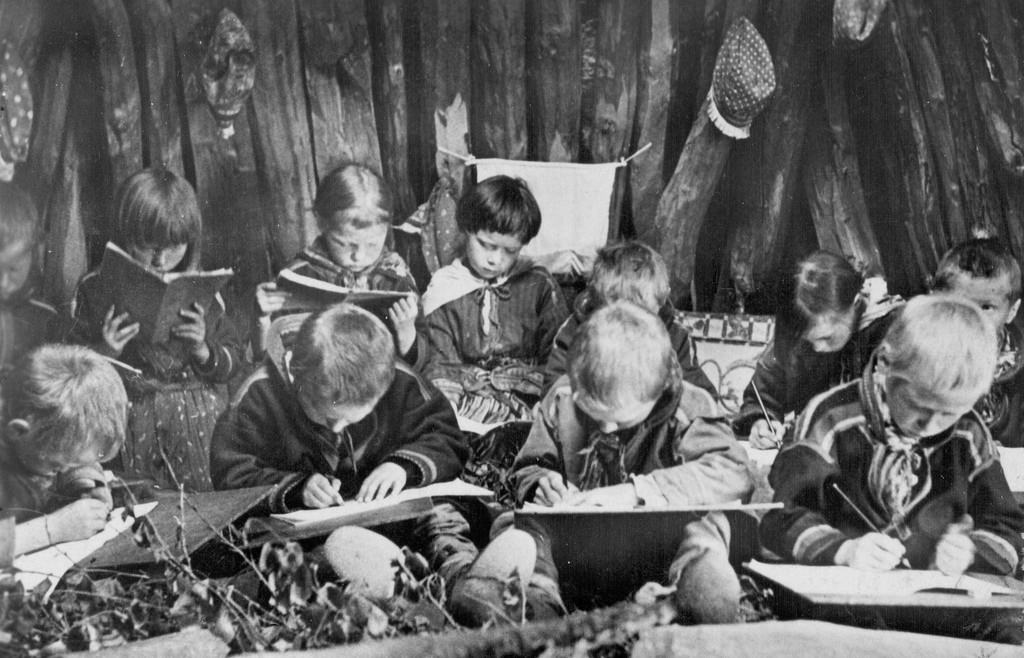
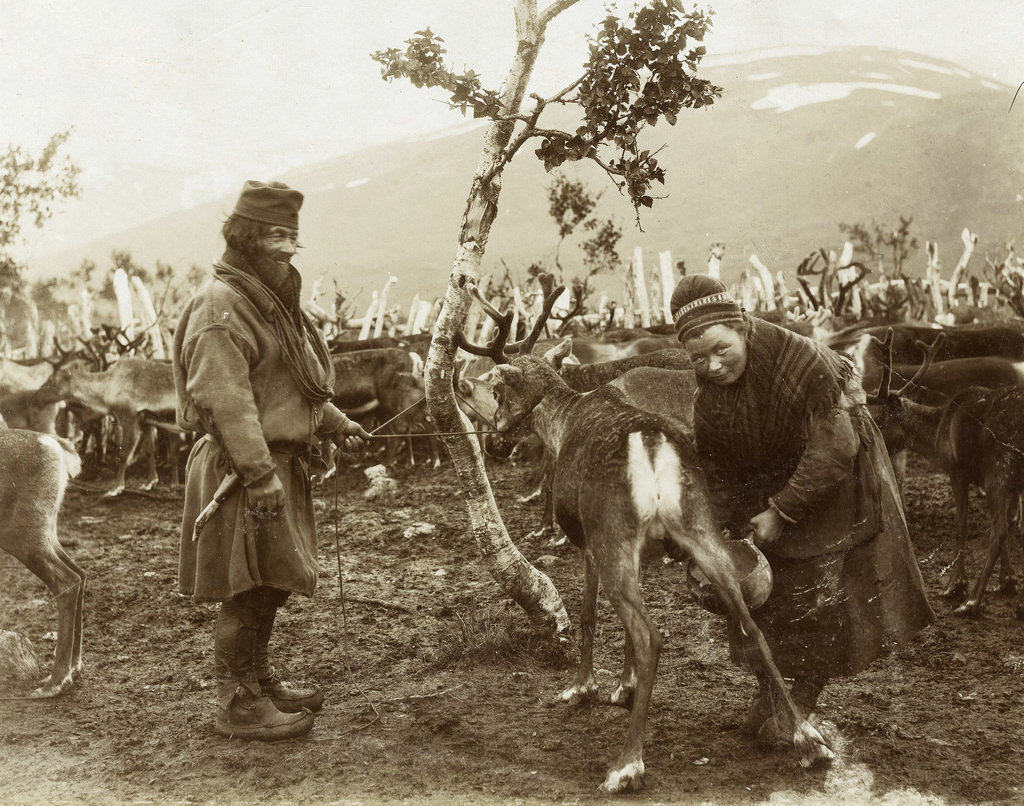
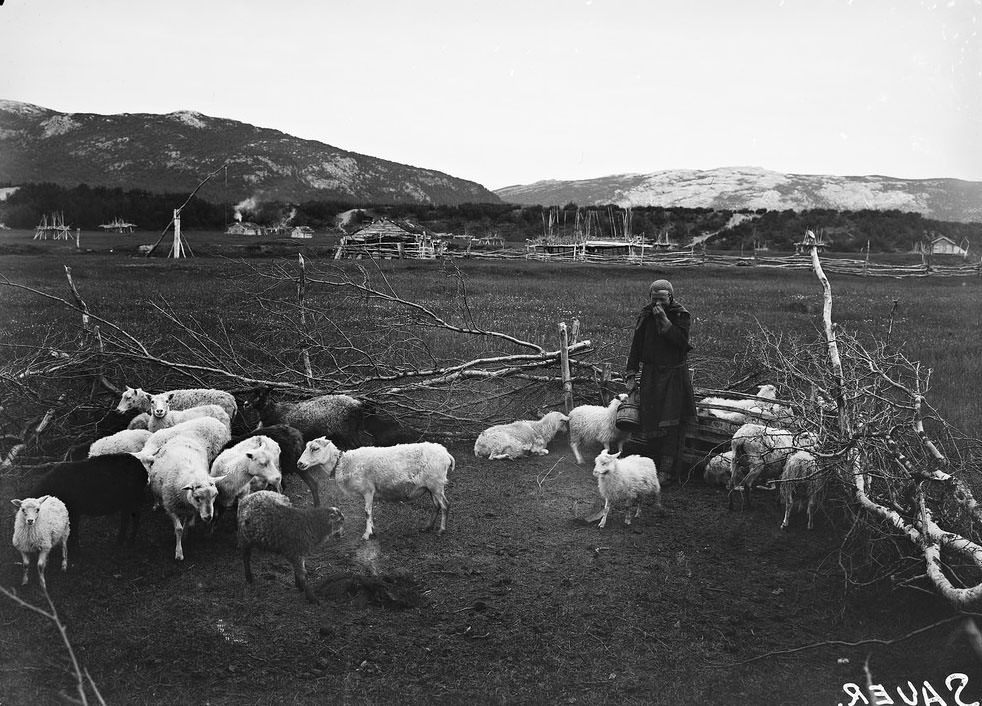
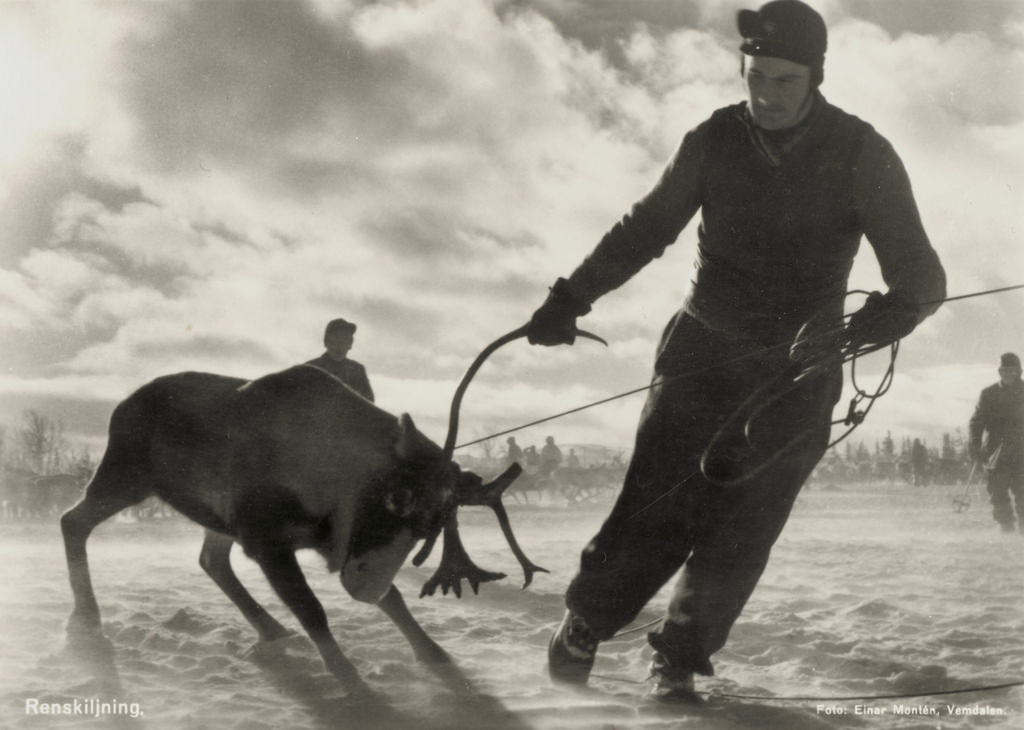
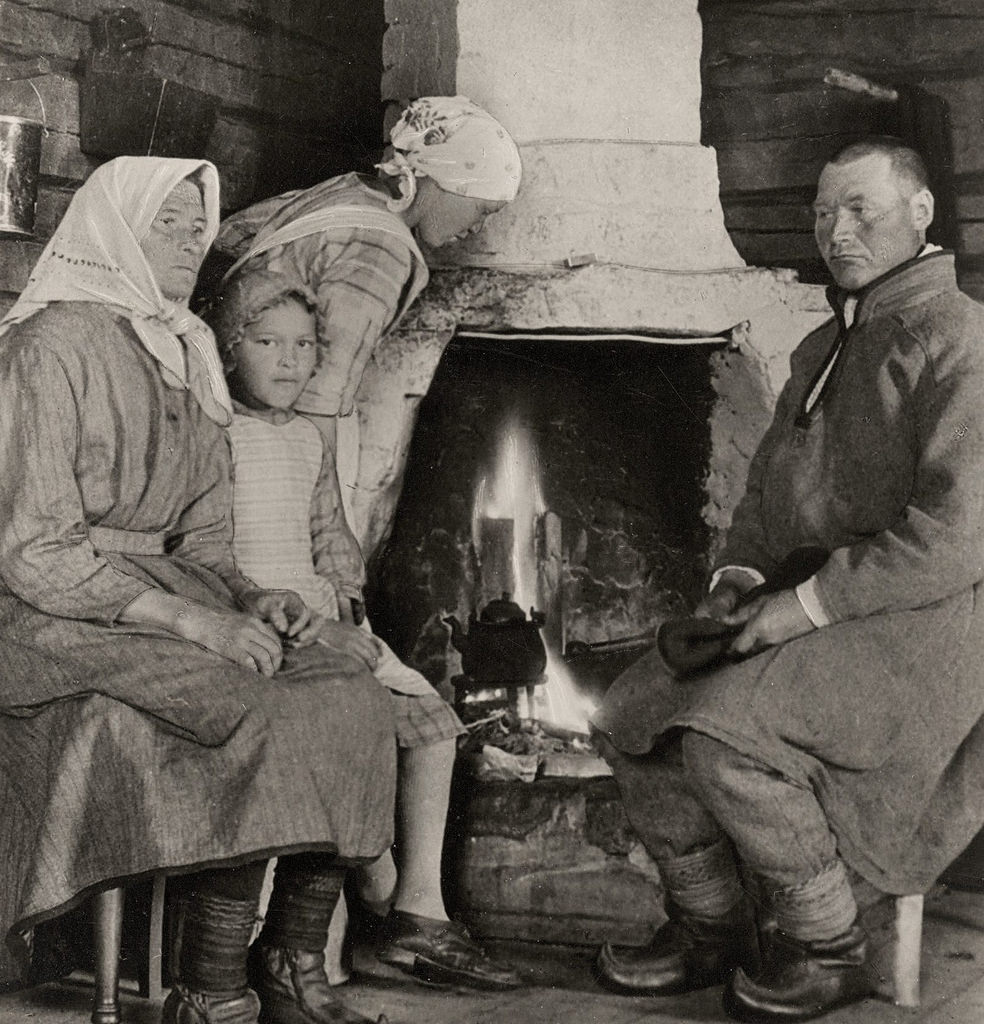
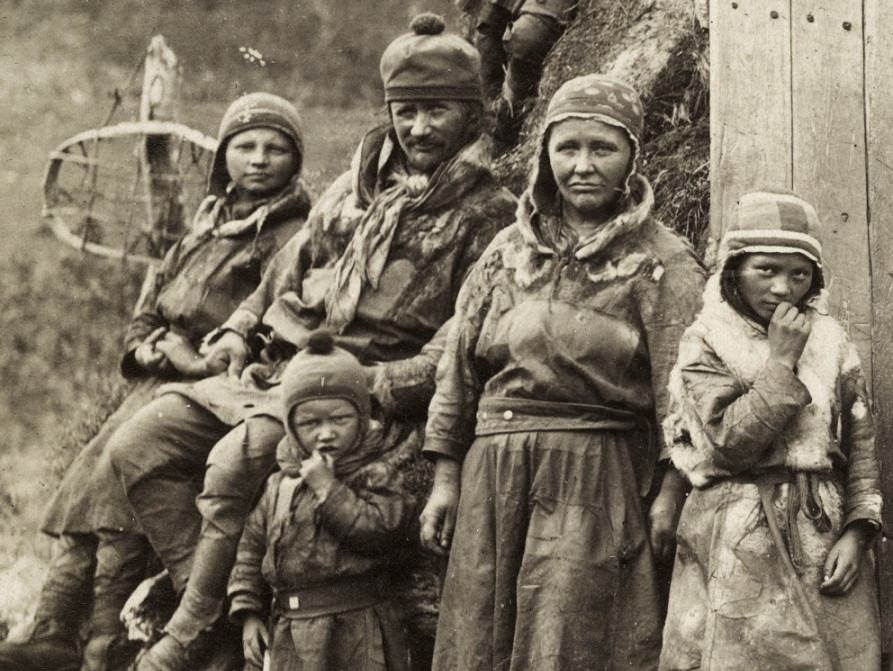
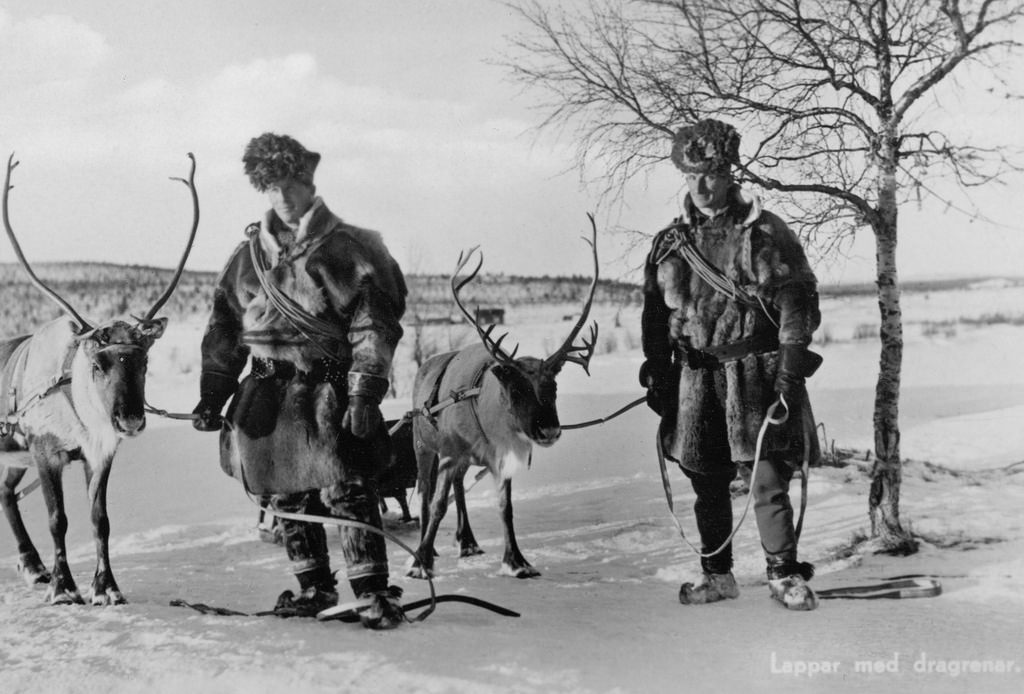
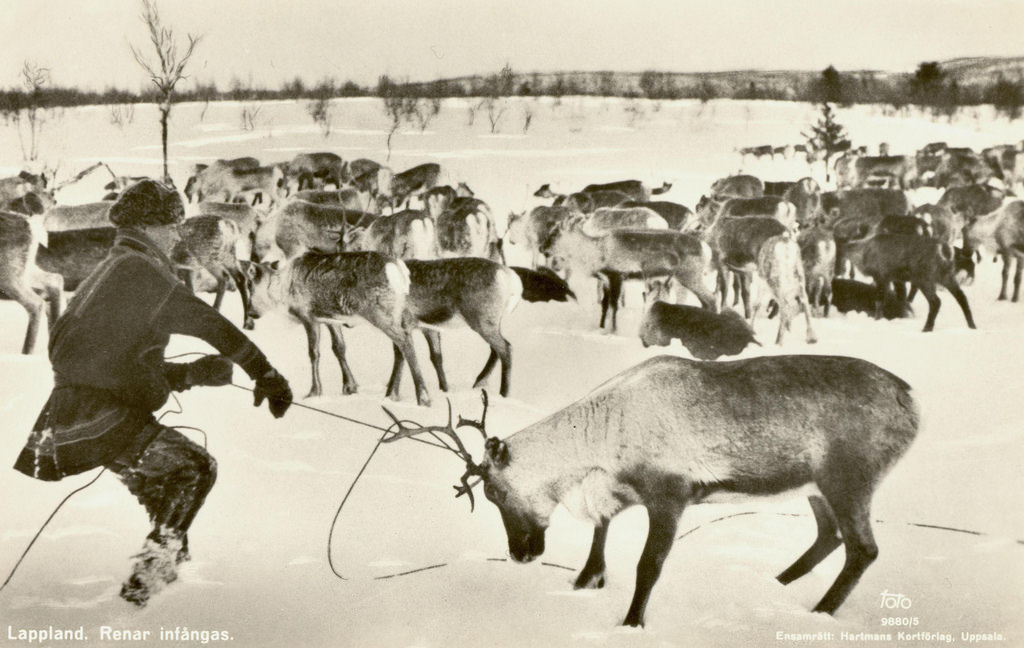
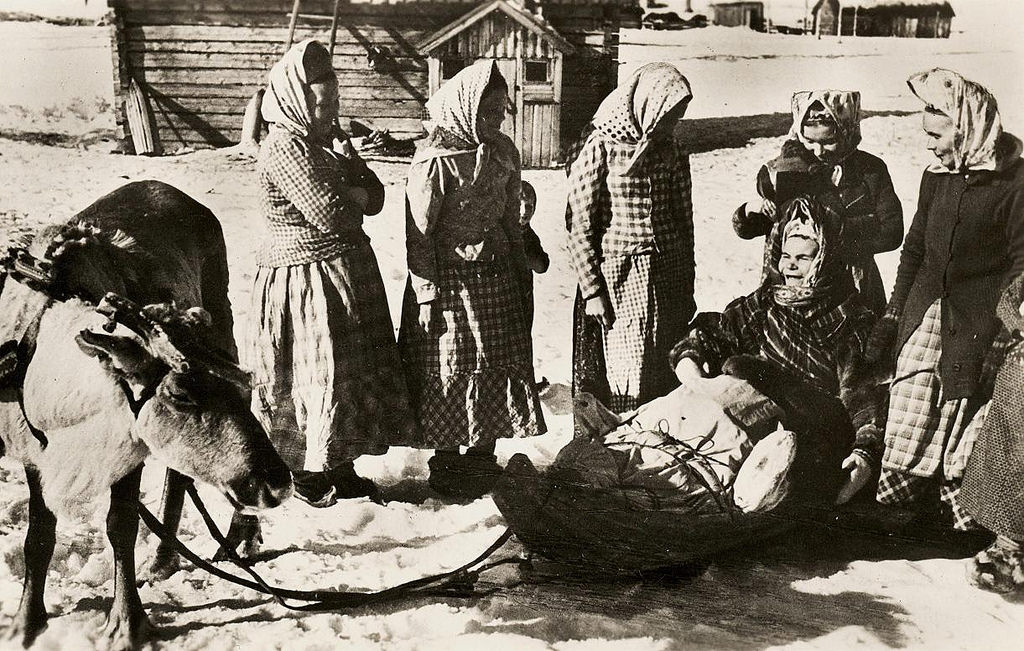
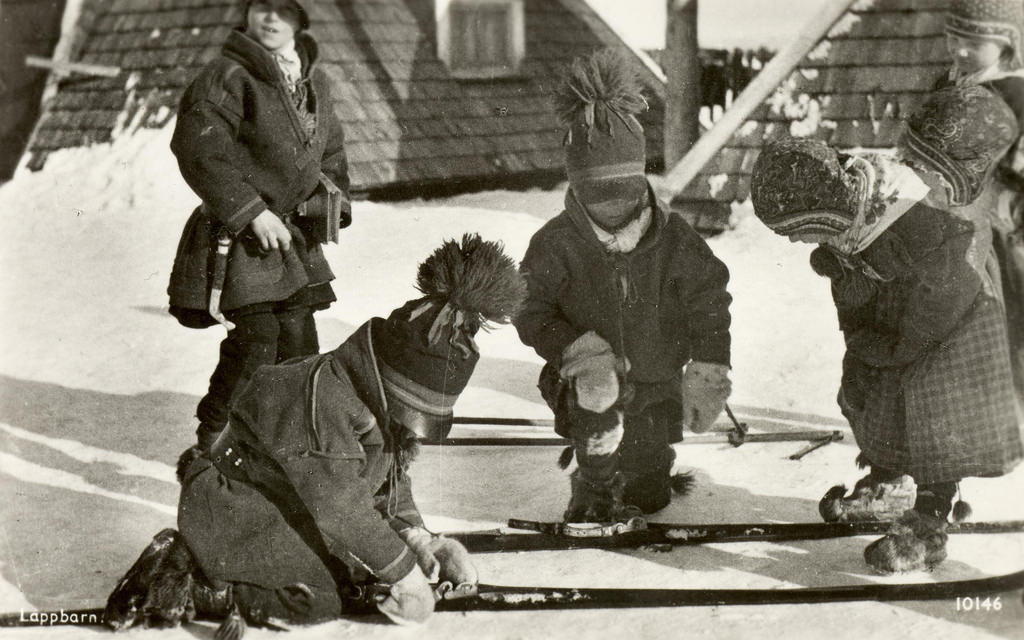
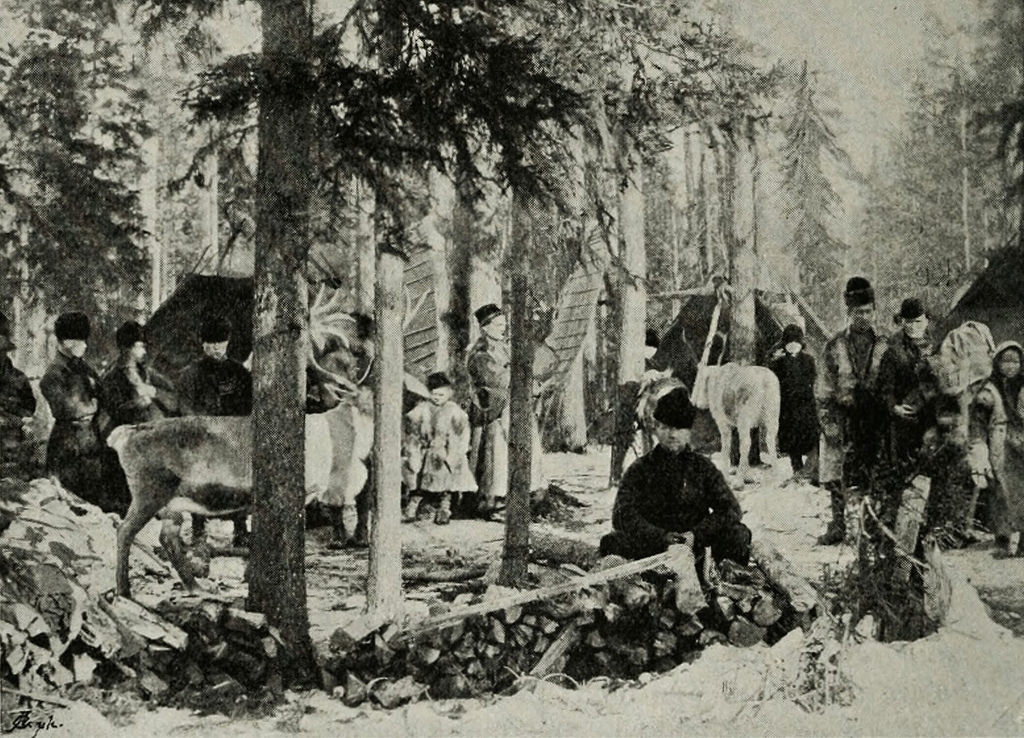
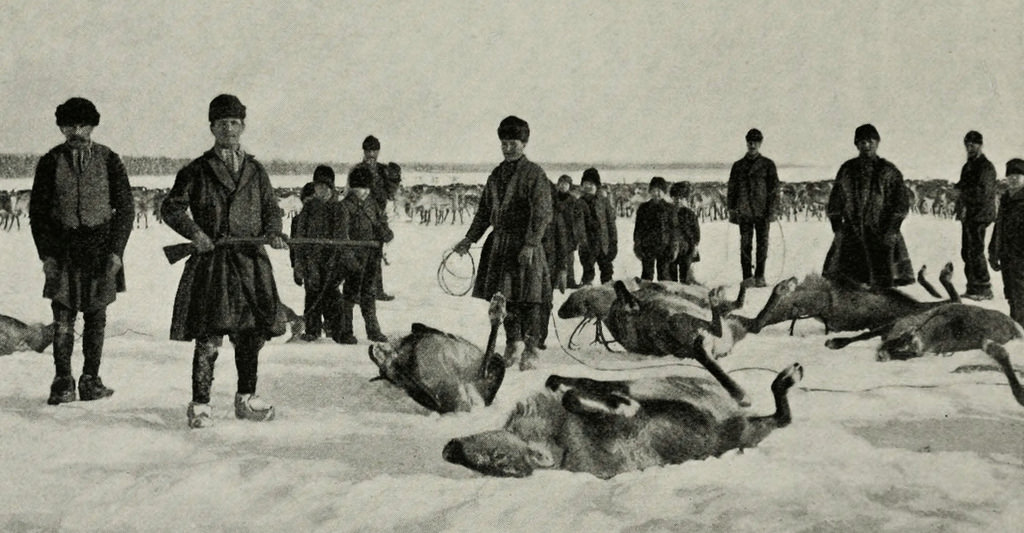
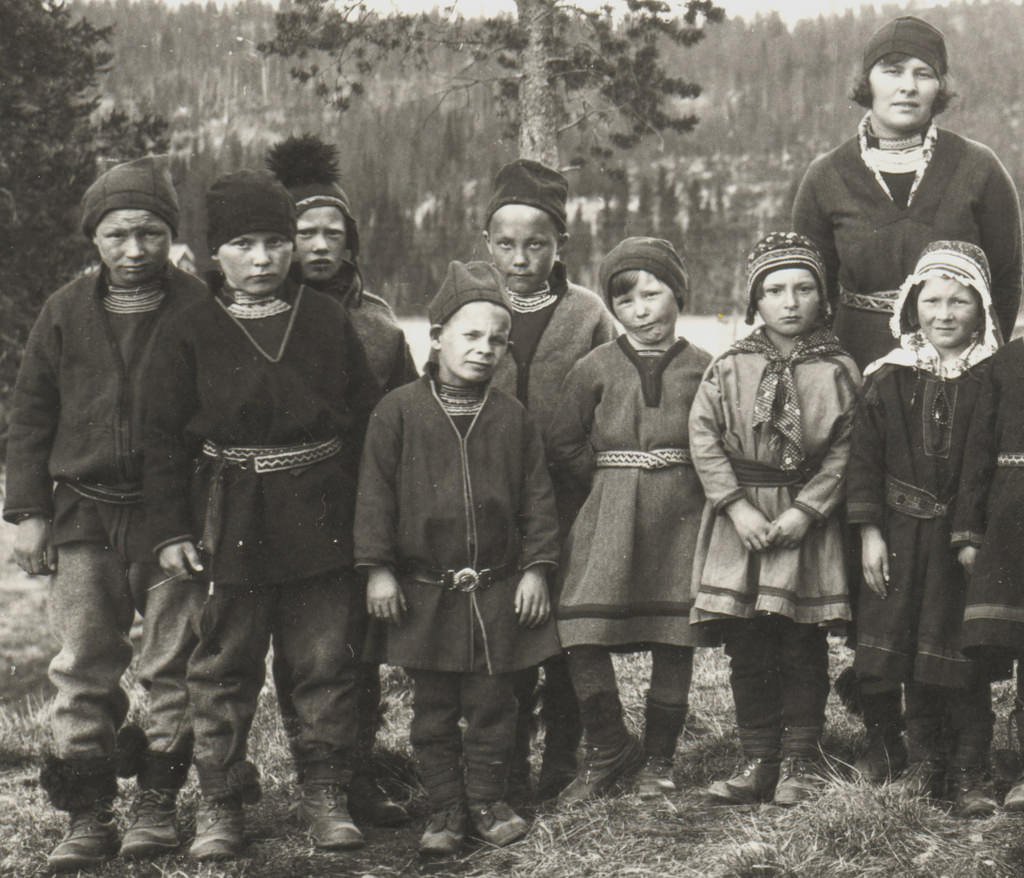
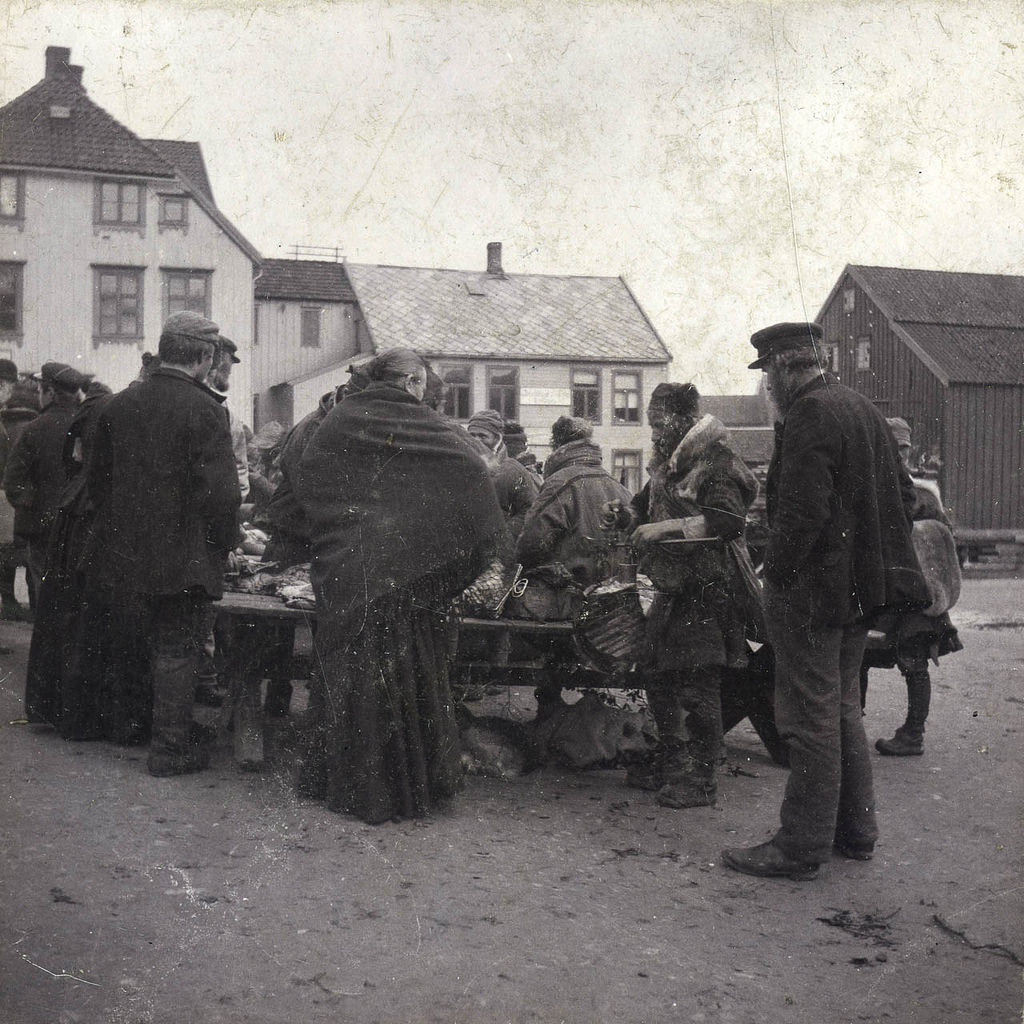
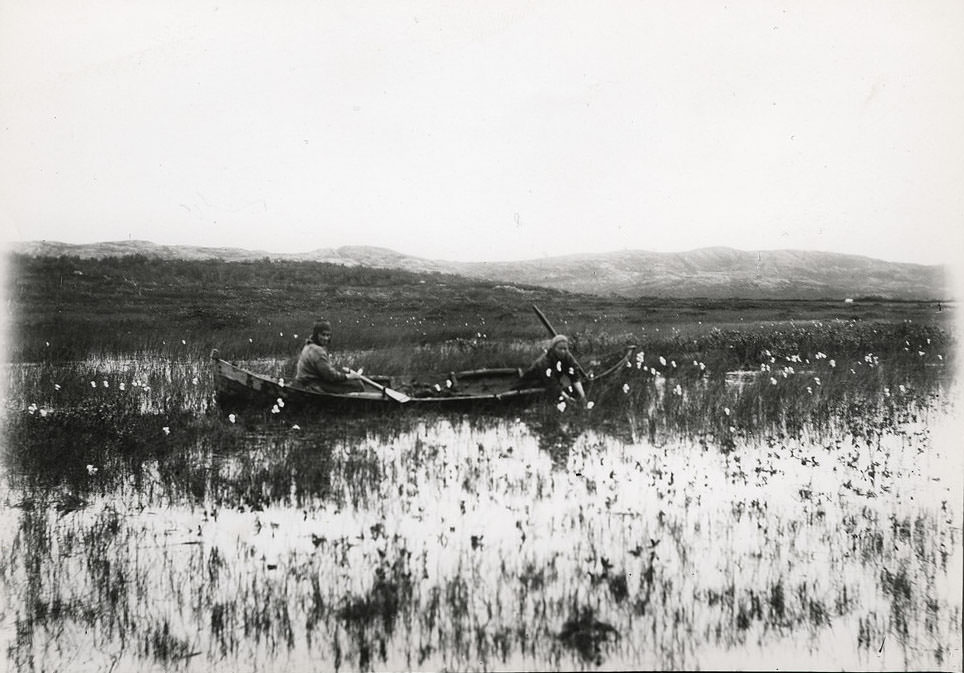

I had the pleasure of meeting some Sámi and Lapps a few years ago when I rented an AirBnB in the north of Finland for two weeks. While they mainly reside in the far north of Finland and Norway, they are not entirely isolated. I found them to be kind and delightful people, and I was able to communicate with some of them in English. They were even gracious enough to invite me to dinner, which featured a delicious reindeer stew.
I’d love to learn more about all the different Sami People.